El Salvador Wilderness Tour: Short Version (8 days)

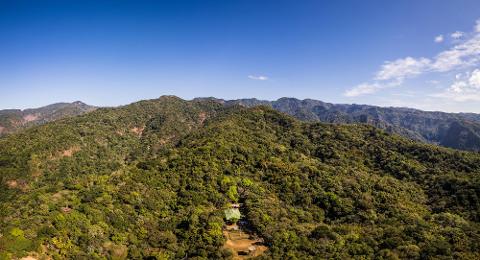
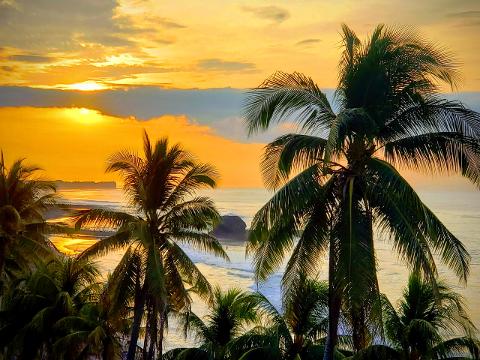
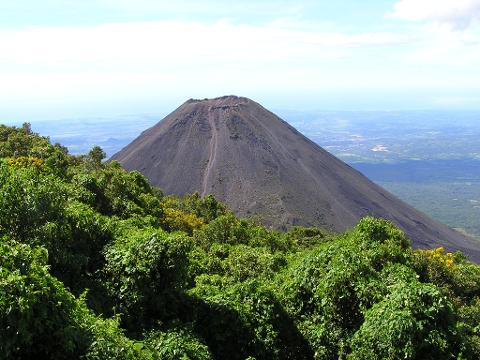
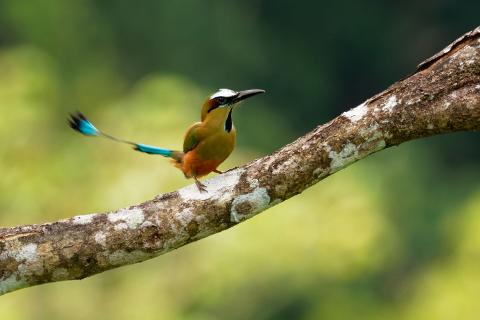
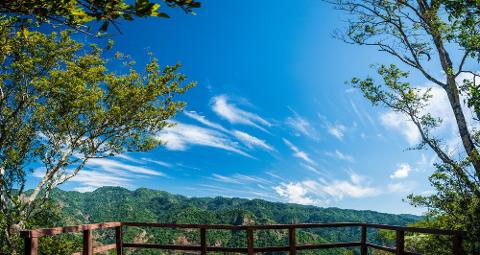
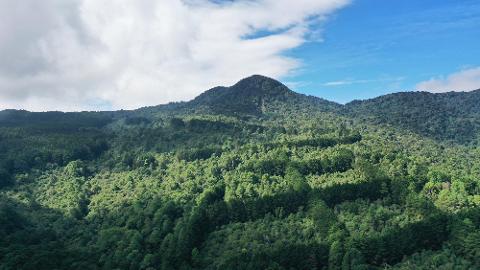
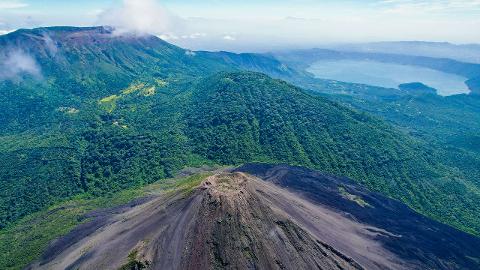
- 기간: 8 일 (대략)
- 상품 코드: PRS1TG
El Salvador is a nature lover's paradise, offering incredible hiking and camping opportunities in some of the most beautiful and diverse landscapes in Central America. The country is home to several national parks, including Montecristo National Park, Cerro Verde National Park, and Imposible National Park, each of which offers unique and breathtaking scenery. Whether you're a seasoned hiker or just starting out, these parks offer something for everyone, from challenging climbs to leisurely nature walks. E
xplore lush rainforests, rugged mountains, and cascading waterfalls, all while taking in the rich biodiversity of the region. With its stunning natural beauty and endless outdoor activities, El Salvador is the perfect destination for those looking to reconnect with nature and experience the great outdoors. Join us on this great outdoors trip in El Salvador!
Tour Summary:
Day 1: Arrival in San Salvador
Day 2 and 3: Montecristo National Park
Day 4: Santa Ana Volcano - Ataco
Day 5: El Imposible National Park
Day 6: Barra de Santiago
Day 7: Back to San Salvador
Day 8: Departure
Tour In Depth:
Day 1: Arrival in San Salvador
Day 2 and 3: Montecristo National Park
In the morning we’ll drive to Montecristo National Park to hike and explore this wonderful park. In the evening we’ll put up a camp and enjoy a nice campfire and a hot meal. The day after we’ll go to the nearby Reserva Ecoturistica Piedra Iman where we’ll spend another night.
Montecristo National Park is a protected area located in the department of La Unión in El Salvador in the northeastern part of the country. The park is known for its diverse and unique ecosystem that includes both lowland and montane rainforests, as well as cloud forests. It is considered one of the most important protected areas in Central America, and it is also a UNESCO Biosphere Reserve.
One of the highlights of Montecristo National Park is its rich biodiversity. The park is home to a wide variety of plant and animal species, many of which are unique to the region. Some of the most notable species that can be found in the park include the mountain toucan, the black guan, and the black-faced solitaire. The park is also home to a number of endemic plant species, including several species of orchids and bromeliads.
Day 4: Santa Ana Volcano - Ataco
Today we’ll head to the Cerro Verde National Park, home to the Santa Ana Volcano, which we will climb today and will have splendid views over the area. After our hike we’ll go to the most colorful town in all of El Salvador: Ataco, where we’ll explore the town.
The Santa Ana volcano, also known as the Ilamatepec volcano, is an active stratovolcano located in the western part of El Salvador. It is the highest volcano in the country, reaching a height of 2,381 meters (7,811 feet). The volcano is located in the Santa Ana department, which is one of the 14 departments that make up El Salvador. The volcano and its surrounding area are a popular destination for hiking, climbing and natural observation.
The Santa Ana volcano is one of the most active volcanoes in Central America, having erupted several times in recent history. One of the most recent eruptions occurred in 2005, which caused significant damage to nearby communities and resulted in several fatalities. The volcano has also had many smaller eruptions throughout the years, and the activity of this volcano is closely monitored by volcanologists.
Despite the risks that come with living near an active volcano, the area surrounding the Santa Ana volcano is home to many small villages and towns, which rely on agriculture for their livelihoods. The area is also home to a rich biodiversity, as well as several unique ecosystems, such as cloud forests and hot springs, that are believed to be created by the volcano's heat.
The Santa Ana volcano also has a long history of culture, many legends and stories are passed down through generations of people who live in the area. Many indigenous communities believe the volcano to be sacred and have special ceremonies. The Santa Ana volcano is an important and unique natural wonder that offers visitors a glimpse into El Salvador's geological and cultural heritage. It's a great destination for those who are interested in nature, geology, and adventure.
Day 5: El Imposible National Park
After breakfast, we’ll leave Ataco and will go to El Imposible National Park where we’ll hike and also stay tonight to camp.
El Imposible National Park is a protected area located in the department of Ahuachapán, in the western part of El Salvador and is known for its diverse ecosystems, which include lowland rainforests, cloud forests, and dry forests. It is a unique place for visitors who are interested in hiking, birdwatching, and learning about the country's natural history.
One of the highlights of El Imposible National Park is its rich biodiversity. The park is home to a wide variety of plant and animal species, many of which are unique to the region. Some of the most notable species that can be found in the park include the Resplendent Quetzal, the Black guan and the White-tailed deer. The park is also home to a number of endemic plant species, including several species of orchids, bromeliads and ferns.
The park has a good system of trails that are open to visitors, offering a unique opportunity to experience the natural beauty and diverse wildlife of El Salvador. It's a great destination for those who are interested in nature, geology, and adventure. In addition to its ecological importance, El Imposible National Park also has significant cultural and historical importance. The park is home to a number of archaeological sites, including pre-Columbian ruins, which attest to the presence of ancient indigenous communities in the region.
In short, El Imposible National Park is an important natural wonder that offers visitors a glimpse into El Salvador's rich biodiversity and cultural heritage. It is a must-visit destination for anyone interested in natural history, ecology, and outdoor adventure.
Day 6: Barra de Santiago
After leaving El Imposible it is now time to explore the coast of El Salvador, and what better place than Barra de Santiago with its mangroves and rich birdlife? We’ll stay here for the night as well.
Barra de Santiago is located on the west coast of El Salvador, in the department of Sonsonate. It is a small coastal village known for its beautiful beaches and lush tropical vegetation, it is also a popular spot for the local surfers due to the good wave conditions. This location is less touristy than the rest of the Pacific coast, but it has its own charm, visitors can find different activities such as swimming, fishing, kayaking, and sport fishing. The barra de Santiago also has a big estuary where visitors can appreciate the local flora and fauna, and it's also an important point for migratory birds.
Day 7: Back to San Salvador
After lunch we’ll drive back to San Salvador, enjoy the beautiful landscapes on the way. After checking in at your hotel you’ll have a free afternoon and evening.
Day 8: Departure
Today we’ll bring you to the airport. We can also transport you to the border between El Salvador and Guatemala or Honduras and arrange your border crossing and transport.
Included:
- Accommodation in midrange/upper midrange hotels/guesthouses
- All transport in private vehicles
- Professional, local English speaking guide (or Spanish of course)
- All entrance fees and activities as describes
Not included:
- Visa and tourist pass
- Flights
- Meals and drinks
- Tips and gratuities